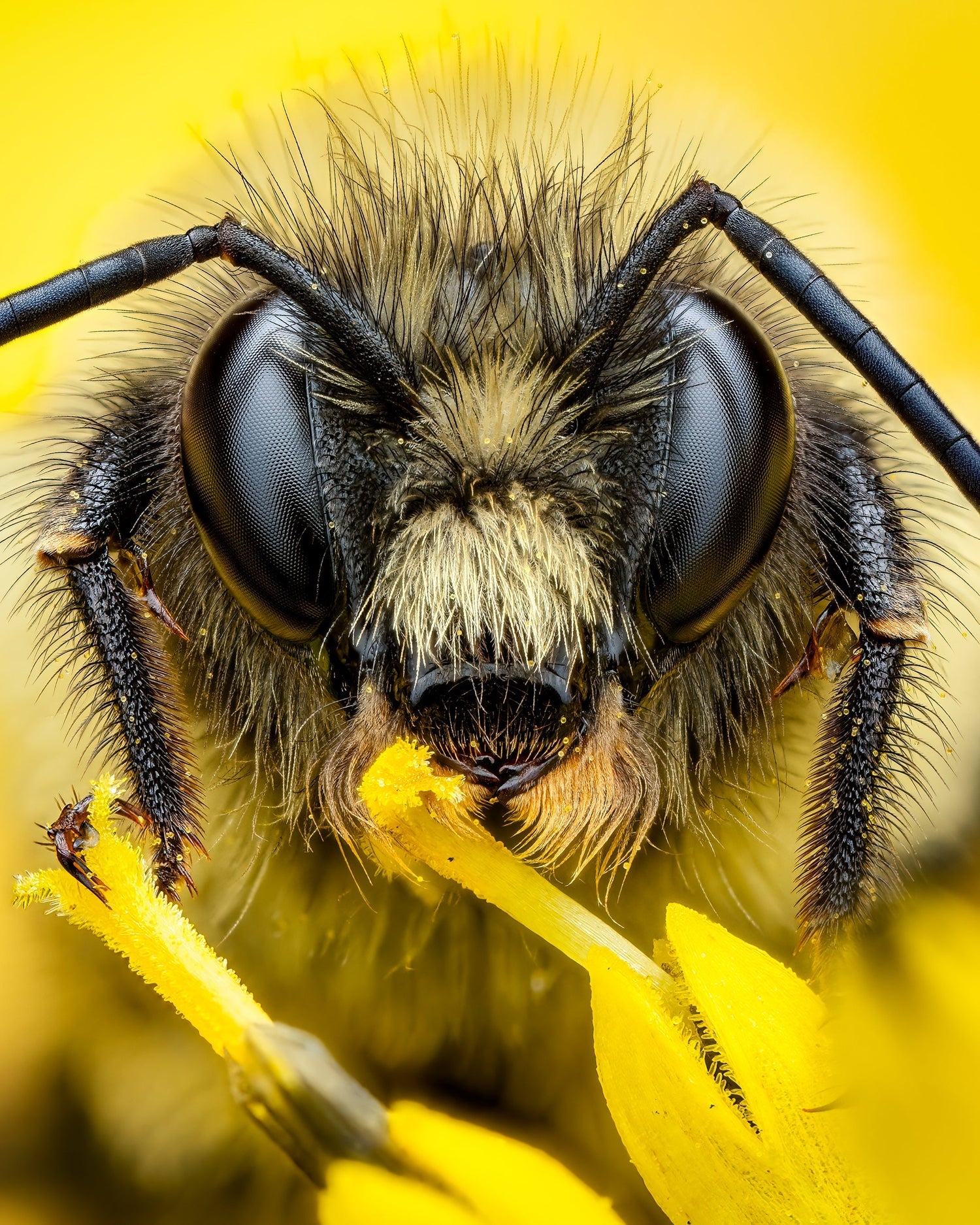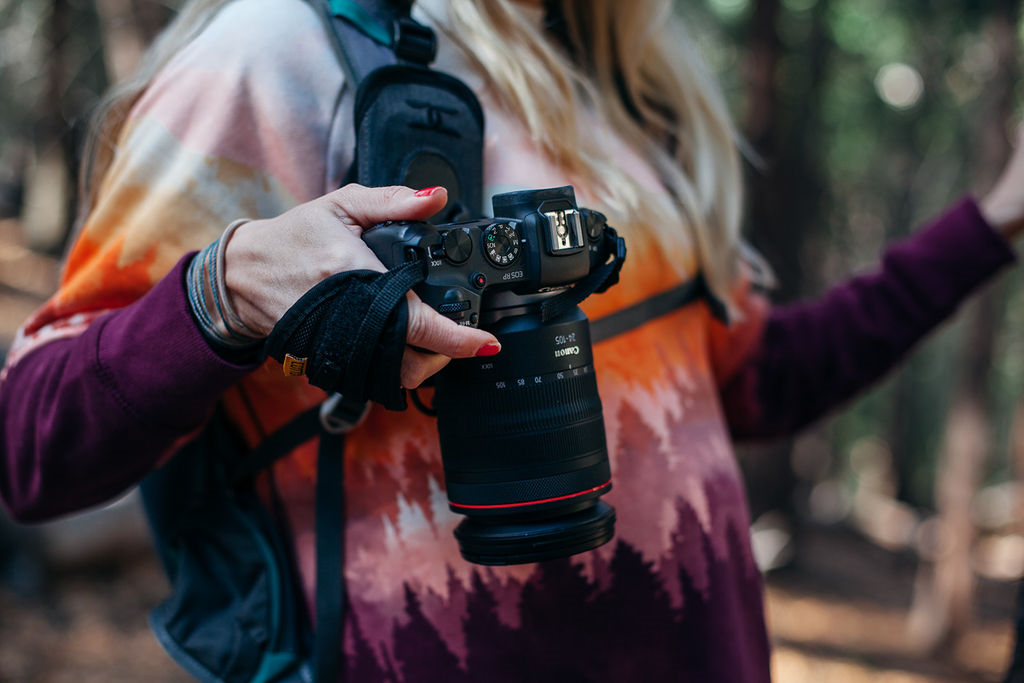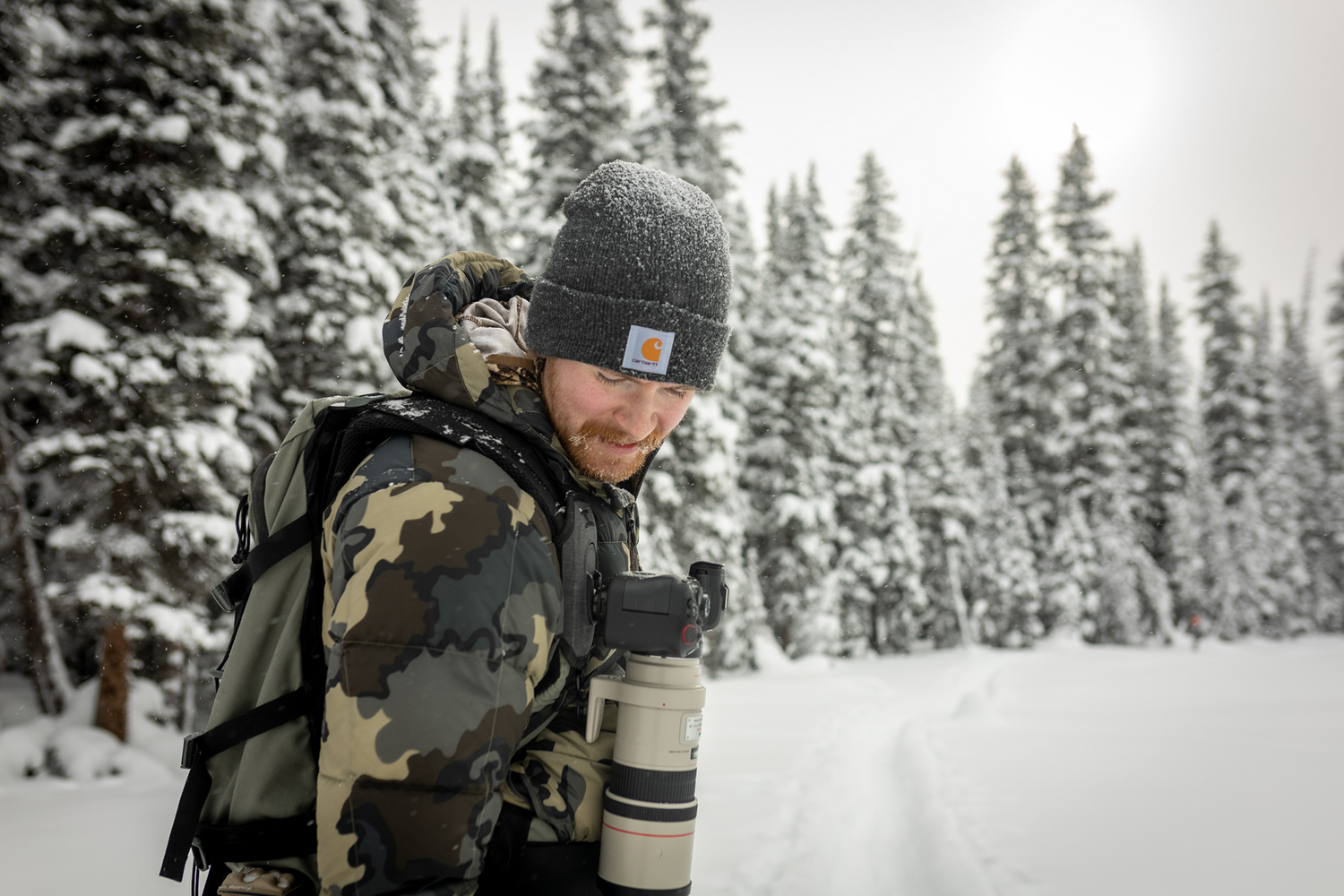From the rugged wilderness of Alaska to the wetlands of Florida, there are countless destinations across the United States where photographers can capture some of the most iconic and elusive wildlife. This guide highlights the top wildlife photography destinations in the US, detailing what makes each location special, the types of wildlife you can expect to see, and tips for getting the best shots.
1. Yellowstone National Park, Wyoming, Montana, and Idaho
Why It’s a Top Destination
Yellowstone National Park is one of the most iconic wildlife photography destinations in the US. As America’s first national park, Yellowstone is home to an incredibly diverse array of wildlife, including large mammals like bison, elk, and grizzly bears. The park’s geothermal features, such as geysers and hot springs, provide a unique and dramatic backdrop for wildlife photography. The vast landscapes and pristine ecosystems make it a must-visit destination for any wildlife photographer.
Key Wildlife
- Bison: Yellowstone’s herds of bison are the largest in North America and can often be seen roaming the park’s valleys.
- Grizzly Bears: One of the park’s most sought-after subjects, grizzly bears can be spotted in areas like Lamar Valley.
- Wolves: Yellowstone is one of the best places in the world to photograph wild wolves, especially in Lamar Valley and Hayden Valley.
- Elk: During the fall rut, elk are highly active and provide excellent photographic opportunities.
- Bald Eagles: The park’s rivers and lakes are home to these majestic birds, which can often be seen fishing or perched near water.
Best Photography Spots
- Lamar Valley: Often referred to as the "Serengeti of North America," Lamar Valley is prime territory for spotting wolves, grizzly bears, and bison.
- Hayden Valley: Known for its wide vistas and abundant wildlife, this valley is a great place to photograph large mammals like elk and bison.
- Mammoth Hot Springs: A unique spot where you can capture wildlife like elk against the stunning backdrop of limestone terraces.
Tips for Photographers
- Early Morning and Late Evening: Wildlife is most active during the early morning and late evening hours. These times also provide the best lighting for photography.
- Bring a Telephoto Lens: A telephoto lens with a focal length of at least 300mm is essential for capturing distant wildlife without disturbing them.
- Carry Comfortably: While hiking through Yellowstone’s wildlife-rich areas like Lamar Valley, using a camera chest harness will keep your camera secure and accessible without straining your shoulders during those long treks.
- Stay Safe: Always maintain a safe distance from wildlife, especially large animals like bears and bison. Use a telephoto lens to keep your distance while still getting great shots.
2. Everglades National Park, Florida
Why It’s a Top Destination
Everglades National Park is a vast subtropical wilderness that provides some of the best bird and reptile photography opportunities in the US. The park is home to a wide variety of species, including alligators, crocodiles, manatees, and over 350 species of birds. The unique wetland ecosystem of the Everglades offers photographers a chance to capture wildlife in a setting that is unlike any other in the country.
Key Wildlife
- Alligators: The Everglades are famous for their large population of American alligators, which can be found basking in the sun along waterways.
- Birds: Photographers can capture stunning images of wading birds such as great blue herons, roseate spoonbills, and wood storks.
- Manatees: These gentle giants can often be seen in the waters of the Everglades during the winter months.
- Crocodiles: The park is one of the few places where both alligators and crocodiles coexist, providing unique opportunities for photographers.
- Panthers: Though rare and elusive, the endangered Florida panther roams the park’s wilderness, making sightings a prized photographic achievement.
Best Photography Spots
- Anhinga Trail: One of the best trails for spotting alligators and wading birds, the Anhinga Trail offers excellent wildlife viewing opportunities.
- Shark Valley: A prime spot for photographing alligators, birds, and the occasional bobcat. The 15-mile loop offers ample opportunities for wildlife photography.
- Flamingo: Located at the southern tip of the park, Flamingo is a great place to capture images of manatees, crocodiles, and shorebirds.
Tips for Photographers
- Bring a Polarizing Filter: A polarizing filter can help reduce glare from the water and enhance the colors in your photos.
- Use a Long Lens for Birds: For bird photography, a lens with a focal length of at least 400mm is recommended to capture detailed shots of birds in flight or at a distance.
- Be Prepared for Mosquitoes: The Everglades can be buggy, especially during the warmer months, so be sure to wear insect repellent and long sleeves to protect yourself.
-
Stay Ready: Exploring the Everglades often involves walking along boardwalks and trails. A camera strap system will keep your camera at the ready and reduces the strain of carrying it for extended periods.

3. Denali National Park, Alaska
Why It’s a Top Destination
Denali National Park offers some of the most breathtaking and remote wildlife photography opportunities in the US. The park is home to Denali, North America’s highest peak, and a vast wilderness where grizzly bears, wolves, moose, and caribou roam freely. The sheer scale of the landscape, combined with the abundance of wildlife, makes Denali a dream destination for nature photographers.
Key Wildlife
- Grizzly Bears: Denali is one of the best places to photograph grizzly bears in the wild, often seen feeding on berries or fishing in rivers.
- Moose: These massive animals are frequently spotted in the park’s wetlands and along its rivers.
- Caribou: Large herds of caribou migrate through the park, offering opportunities for capturing these majestic animals against a stunning backdrop.
- Wolves: Denali is one of the few places where you can see wild wolves, though sightings require patience and luck.
- Dall Sheep: These white, high-altitude sheep can often be seen on the steep slopes of Denali’s mountains.
Best Photography Spots
- Denali Park Road: The park’s only road offers access to incredible wildlife viewing areas, including Polychrome Pass, Toklat River, and Eielson Visitor Center.
- Wonder Lake: A stunning spot for capturing reflections of Denali with wildlife in the foreground.
- Savage River: Known for its beautiful landscapes and opportunities to photograph moose and caribou.
Tips for Photographers
- Use a Tripod: A tripod is essential for steady shots, especially when using a long lens to capture distant wildlife.
- Be Patient: Wildlife photography in Denali requires patience, as animals are spread out across vast distances. Spend time observing and waiting for the perfect shot.
- Hands-Free Exploration: Denali's rugged terrain and backcountry hikes require durability and freedom of movement. A camera backpack attachment allows for hands-free travel while keeping your camera safe and ready for those fleeting wildlife moments.
- Prepare for the Elements: Denali’s weather can be unpredictable, so pack rain gear, warm clothing, and protective covers for your camera equipment.
4. Olympic National Park, Washington
Why It’s a Top Destination
Olympic National Park is one of the most ecologically diverse parks in the US, offering a range of habitats from temperate rainforests to rugged coastlines and alpine meadows. This diversity makes it an ideal destination for wildlife photography, as the park is home to species such as Roosevelt elk, black bears, and sea otters. The park’s coastal areas also provide opportunities to photograph marine life, including seals and whales.
Key Wildlife
- Roosevelt Elk: The park’s rainforests are home to the largest elk species in North America, which can be seen grazing in the Hoh Rainforest and other areas.
- Black Bears: Olympic’s dense forests provide excellent habitat for black bears, which can be spotted foraging for food.
- Sea Otters: The coastal areas of the park are a great place to capture images of playful sea otters.
- Whales: Gray whales and orcas migrate along the park’s coastline, offering incredible marine photography opportunities.
- Marmots: These curious creatures can be found in the park’s alpine areas, especially around Hurricane Ridge.
Best Photography Spots
- Hoh Rainforest: The lush, moss-covered trees of the Hoh Rainforest provide a unique backdrop for photographing elk and other wildlife.
- Hurricane Ridge: Offers panoramic views and opportunities to photograph marmots, black bears, and other alpine wildlife.
- Rialto Beach: A striking coastal area where you can photograph sea stacks, tide pools, and marine life.
Tips for Photographers
- Pack for Rain: Olympic National Park is one of the wettest places in the continental US, so be prepared for rain. Bring waterproof gear for both yourself and your camera.
- Use a Wide-Angle Lens: The park’s diverse landscapes are perfect for wide-angle shots that capture both wildlife and the surrounding environment.
- Quick Access: Whether hiking through the rainforest or along the coast in Olympic National Park, a camera sling keeps your camera secure and easy to reach when you need it most for capturing elusive wildlife.
- Visit Early or Late in the Day: Wildlife is most active during the early morning and late evening, so plan your photography sessions around these times for the best results.
5. Great Smoky Mountains National Park, Tennessee and North Carolina
Why It’s a Top Destination
Great Smoky Mountains National Park is one of the most biodiverse parks in the US, making it a top destination for wildlife photography. The park is home to black bears, white-tailed deer, wild turkeys, and over 200 species of birds. The dense forests and mist-covered mountains provide a beautiful backdrop for wildlife photography, especially during the spring and fall when the park’s flora is at its most vibrant.
Key Wildlife
- Black Bears: The park is known for its large population of black bears, which can often be seen in the forests and meadows.
- White-Tailed Deer: These graceful animals are commonly spotted grazing in the park’s fields and along its trails.
- Wild Turkeys: Great Smoky Mountains is home to a healthy population of wild turkeys, which are frequently seen in open meadows.
- Elk: Reintroduced to the park in recent years, elk can be found in the Cataloochee Valley and offer excellent photography opportunities.
- Salamanders: The park is known as the “Salamander Capital of the World” and is home to over 30 species of these amphibians.
Best Photography Spots
- Cades Cove: One of the best spots for wildlife photography in the park, Cades Cove is known for its black bears, deer, and wild turkeys.
- Cataloochee Valley: A lesser-known area of the park, Cataloochee Valley is a great place to photograph elk and other wildlife in a tranquil setting.
- Clingmans Dome: The highest point in the park, Clingmans Dome offers panoramic views and opportunities to photograph birds and other high-altitude wildlife.
Tips for Photographers
- Be Quiet and Patient: Wildlife in the Smokies can be elusive, so move quietly and be patient as you wait for animals to appear.
- Use a Telephoto Lens: A telephoto lens with a focal length of 300mm or more is ideal for capturing distant wildlife, especially black bears and elk.
- Effortless Carry: In the dense forests and meadows of the Smoky Mountains, a camera vest helps distribute weight evenly, allowing for comfortable, all-day carry and quick access to your gear for those spontaneous wildlife shots.
- Visit in the Early Morning: Early morning is the best time to see wildlife in the Smokies, as animals are most active during this time and the lighting is soft and diffused.
The United States offers a wealth of incredible wildlife photography destinations, each with its own unique species and landscapes. Whether you’re photographing grizzly bears in Alaska, alligators in Florida, or elk in the Smoky Mountains, these destinations provide endless opportunities to capture the beauty and diversity of America’s wildlife. By planning your trip carefully, using the right gear, and being patient, you can create stunning images that showcase the natural world at its best.




